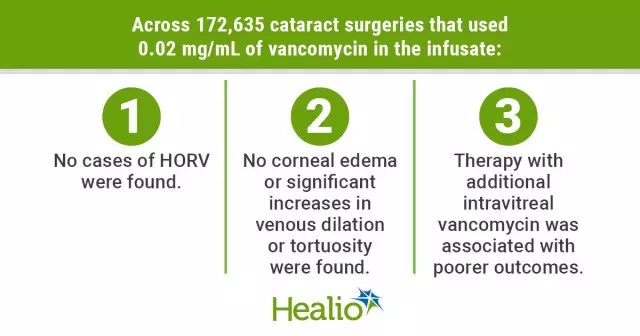- Author Curtis Blomfield [email protected].
- Public 2023-12-16 20:44.
- Last modified 2025-01-23 17:01.
Hemorrhagic vasculitis is a disease in which the vessels of the capillaries of the skin, gastrointestinal tract, joints and even kidneys are damaged. According to experts, this ailment can be diagnosed regardless of the age of the patient, but in children under three years old it is found extremely rarely. Hemorrhagic vasculitis is predominantly observed in adolescents, as well as in the adult population. In this article, we will talk in more detail about this ailment.
Symptoms

First of all, patients find small rashes on the body, which, in turn, are bruising elements with a predominantly symmetrical arrangement that do not disappear when pressed. Most often, these rashes are localized on the extensor surfaces of the limbs, in the buttocks and joints. Then, when the rash fades, the remaining pigmentation is observed, which, in turn, with fairly frequent relapses, can causepeeling of the skin. The second most important symptom is joint damage. So, patients complain of short-term discomfort and slight pain in these areas. According to experts, hemorrhagic vasculitis is localized mainly near large joints, in particular the ankle and knee. Another symptom of this disease is abdominal pain, but it does not cause much suffering and is not accompanied by various kinds of digestive disorders. In just a few days, the pain can subside on its own without the use of auxiliary medications.
Hemorrhagic vasculitis: diagnosis

This disease, according to doctors, is characterized by nonspecific changes in some groups of laboratory parameters. So, in some cases, there is an increase in the level of ESR and leukocytes, as well as dysproteinemia. In addition, the level of immunoglobulin G and complement activity are reduced. Hemorrhagic vasculitis in adults is very often accompanied by hypercoagulability.
Therapy
First of all, it should be noted that a specific treatment method is selected based on the phase of the development of the disease, the patient's condition and some other factors. However, most often with such a diagnosis as hemorrhagic vasculitis (skin form), treatment involves the use of so-called "antiplatelet agents". For heavy

forms some experts designate twodrug with a similar effect at the same time. Note that the dosage of antiplatelet agents is selected individually. When choosing each dose, doctors, as a rule, are guided by the positive dynamics of already existing symptoms and the alignment of some groups of laboratory parameters. So, in the absence of the desired effect from the prescribed therapy, the dose is slightly increased.
Consequences
According to experts, with timely treatment in children in 50% of cases, a complete recovery is observed.






